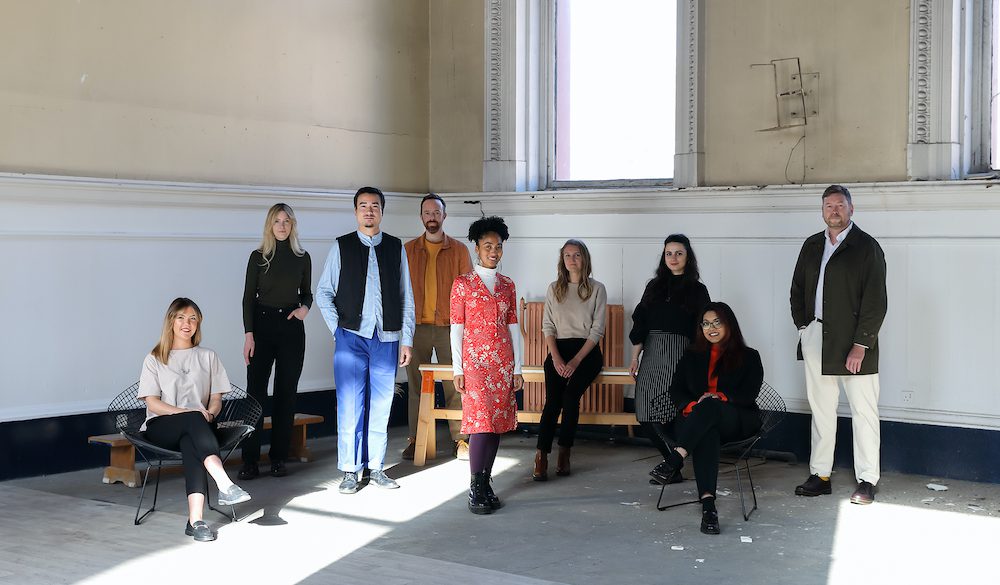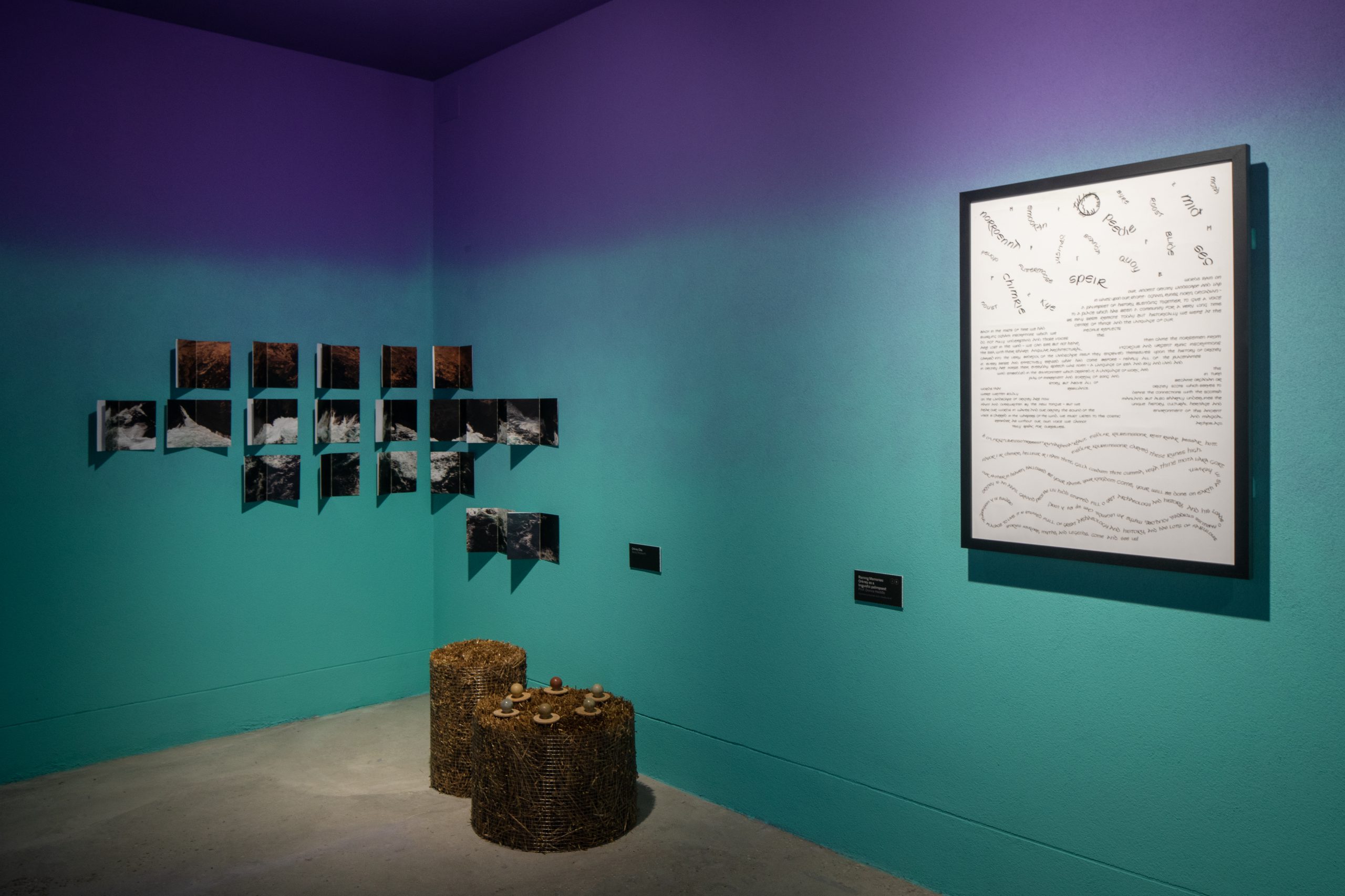The frequency of an island sounds different from that of the mainland; and in conversation with the rhythms of the sky and sea, Orcadians live in conjunction with the water that they are surrounded by and in response to its temperament – floods, rain, and storms. The weather and sea dictate the comings and goings of the island which include transport and deliveries. Waiting becomes a disruption of time, and perhaps an invitation to pause, or slow down. Time is a language, shape-shifting across landscapes.
Disconnection and connection(1) mean something else on an island. We might presume an island to embody isolation, but the collectivity held between its communities as they work in tandem with the elements and one another, counteract its remoteness. Strong wind and extended daylight during summer mean that Orkney generates 130% of the renewable energy that it needs, with some Orcadians able to benefit from these renewable energy advancements. By owning their own wind turbines and selling electricity to companies, they have used the money to invest back into local services such as transportation and affordable homes(2).
When considering human relationships to water, Hydrofeminism(3) is one way we might explore connections to our own liquid bodies which are intrinsically connected to other bodies of water across space and time. The contours of an island forge this relationship more readily as both sky and sea are always in view, unforgettable, unlike the architecture of the city that conceals and glitches its water/skyscapes. By seeing ourselves as sitting in relation to the weather, sea, and ocean, Hydrofeminism encourages human and water kinships to develop.
What might our landscapes tell us when we take the time to listen? Living with water also means the effects of climate change are much more visible to island communities. The rising sea level is nothing new to Orkney, although it is now accelerated by an increase in harsher weather(4), its impact causing erosion on the coastline, as land becomes a memory. In response, people journey to Orkney to preserve its archaeological grounds. Future-proofing methods such as sandbagging and moving structures to heritage sites(5) implement protection processes before history becomes completely lost to the sea. Yet the large waves that envelop Orkney from both the North Sea and the Atlantic Ocean have made it a leader in testing for renewable wave technologies(6), with the island being home to the European Marine Energy Centre. Water is a tension – at once a provider, carrier, and disrupter. Water’s influence on the island it surrounds could be said to participate in forms of time travel through the disruption of its demarcation. As the land becomes activated, shapeshifts – water gives and takes, offering a (re)appearing and disappearing of Orkney’s geography.
Islands are a speculative space; inhabiting the past, present and future in their body, as water shapes these different points in time(7) heightened by the ongoing ecological crisis. An embodied approach like Hydrofeminism for thinking with water is grounded in the interdependence between humans and nature. We are always in relation to one another, bodies of water, water bodies. Operating on island time recognises the temporality of landscapes, positioning water at the forefront, being in tune with it, and listening to its calls.
1 Marcus Aurelius, “Meditations”, 180, in “Island Dreams: Mapping an Obsession”, p.124, Gavin Francis, United Kingdom, 2020.
2 Thomas Moore, “The tiny islands of Orkney lead the way on renewable energy, and generate 130% of what they need.”, Sky News, 2021. https://news.sky.com/story/the-tiny-islands-of-orkney-lead-the-way-on-renewable-energy-and-generate-130-of-what-they-need-12459111
3 Astrida Neimanis, “Hydrofeminism: or on Becoming a Body of Water”, Undutiful Daughters: Mobilizing Future Concepts, Bodies and Subjectivities in Feminist Thought and Practice, eds. Henriette Gunkel, Chrysanthi Nigianni and Fanny Söderbäck. New York: Palgrave Macmillan, 2012.
4 Jim Dywer, “Saving Scotland’s heritage from the Rising Seas”, The New York Times, 2018. https://www.nytimes.com/interactive/2018/09/25/climate/scotland-orkney-islands-sea-level.html
5 Jim Dywer, “Saving Scotland’s heritage from the Rising Seas”, The New York Times, 2018. https://www.nytimes.com/interactive/2018/09/25/climate/scotland-orkney-islands-sea-level.html
6 Maggie More, “Tiny Islands, Big Energy: How Orkney, Scotland Is Fighting Climate Change”, Pulitzer Center, 2020. https://pulitzercenter.org/stories/tiny-islands-big-energy-how-orkney-scotland-fighting-climate-change
7 Annika Hansteen-Izora, “Time is Water”, Annika is Dreaming, 2022. https://annikahansteenizora.substack.com/p/time-is-water



